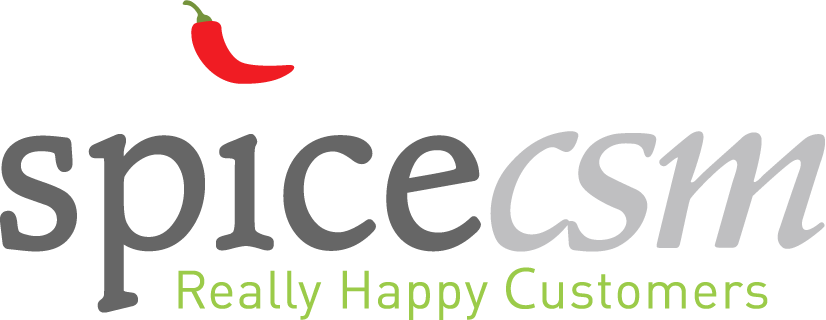
Since 1995, Gartner has been drilling down into massive amounts of data to uncover trend cycles in sectors that heavily depend on IT and tech, including healthcare. The Gartner Hype Cycle for Healthcare Providers report seeks to predict the lifecycle of tech trends based on the predictability of media and social hype. In the latest report, Gartner recognized 38 new and emerging tech area in the Healthcare Provider sector. One such area is Healthcare CRM/Contact Center Systems. This key solution, Gartner declares, is at or reaching its peak in the hype cycle, yet by many organizations, it remains overlooked as a necessary cost center.
Healthcare CRM Contact Center Systems - Takeaways
- Over the next ten years, consumers of healthcare will expect greater personalized interactions and collaborative efforts.
- Most larger healthcare delivery organizations (HDOs) will move toward customer relationship
management (CRM) for patient engagement, and will seek to improve the patient experience and satisfaction (as well as a predictable productivity increase internally) by adding patient call center (contact center systems) integration —over the next five years.
- Use of basic CRM, in combination with electronic health record (EHR), will continue to be the standard for HDOs over the next four to five years, until the fully integrated CRM/patient contact centers begin to emerge from development into the retail market.
Gartner predicts
Gartner sees value in technology that combines CRM with enterprise resource planning (ERP). The value proposition only rises if this tech can integrate with EHR. This mix will provide a complete view of the patient, financially, experientially and clinically and can promote patient care excellence. Technology that can aggregate the massive volumes of patient data is also sought as relevant solutions. The logic is that if the patient's data can be monitored, tracked, analyzed, and converted into actionable pieces information it can be used to improve both the financial and clinical outcomes for the patient and HDO.
The CRM/Contact Center Ideal
An intuitive CRM data interface with telephone and call system integration would be crucial to the efficient handling of patients' calls. The ideal system would work like this:
- The patient would call
- The system would recognize the patient's phone number and pull up the patient's demographic record for call routing
- The patient's health record would be available — on-screen when the call is transferred to clinical personnel
- CRM follow-up is scheduled
This is particular technology is in the development stages and therefore is yet to be tested in the setting of a large HDO where there are hundreds if not thousands of patient call scenarios.
Standards
There are a few areas that the emerging technology must address, which are unique to healthcare. In addition to reducing medical errors, increasing the quality of care and improving financial results, the new technology must also be in compliance with regulations set by the government and ensure privacy and security of patient's personal health data as well as their financial information.
Tech potential
HDOs should seek single platform CRM solutions that include applications or capabilities for:
- Data analytics and tracking
- EHR management
- Coordination of patient care
- Scheduling and referrals
- Reporting
- Interoperability with patient contact or call center
Fully integrated CRM and patient call center solutions are being pursued in an effort to increase patient engagement and satisfaction, improve clinical outcome, elevate productivity, reduce costs and ease staff workload. This technology is poised to impact the future of healthcare and any HDO should consider it as a key part of its differentiation strategy.
SpiceCSM was one of six vendors highlighted for our integrated CRM/Contact Center Systems in the Gartner Hype Cycle for Healthcare Providers 2016, report. We are honored by this distinction. To discover how we can create and implement fully customized solutions that meet your CRM and Contact Center requirements contact us today.



